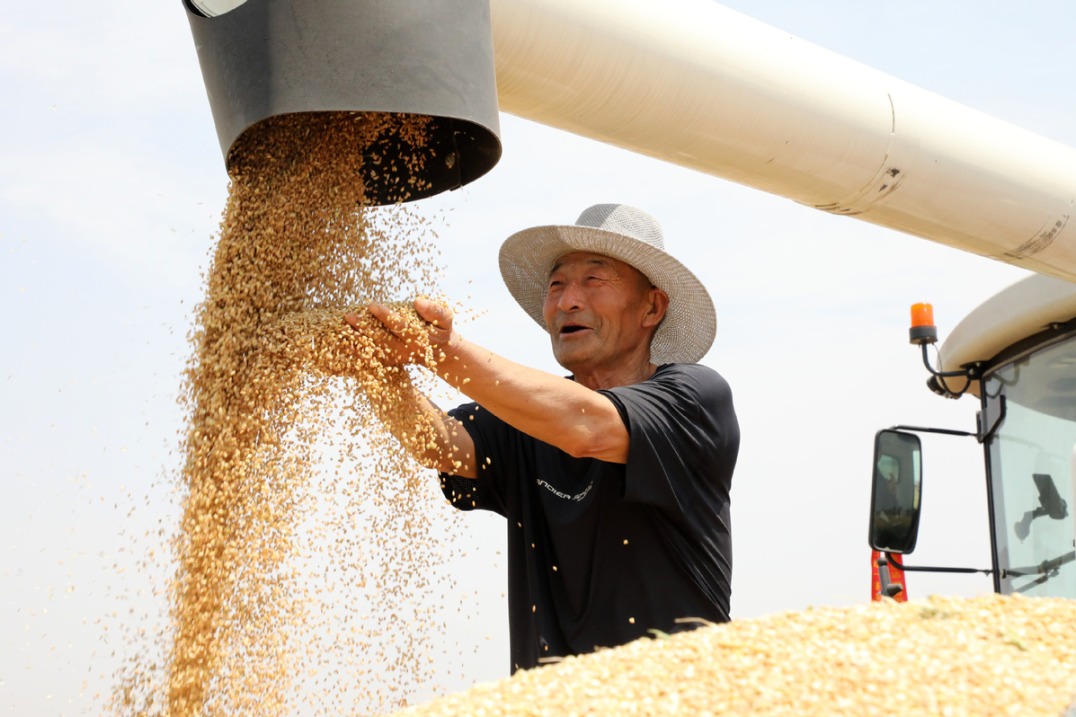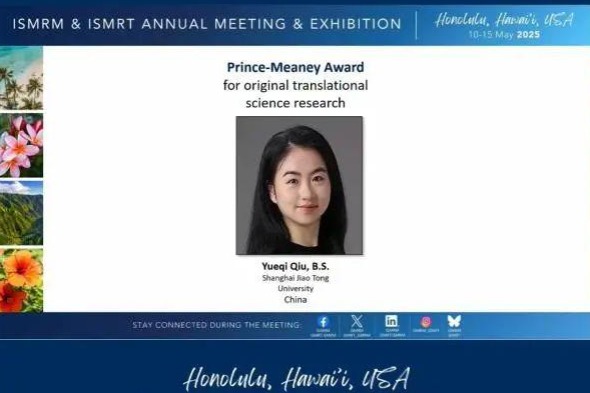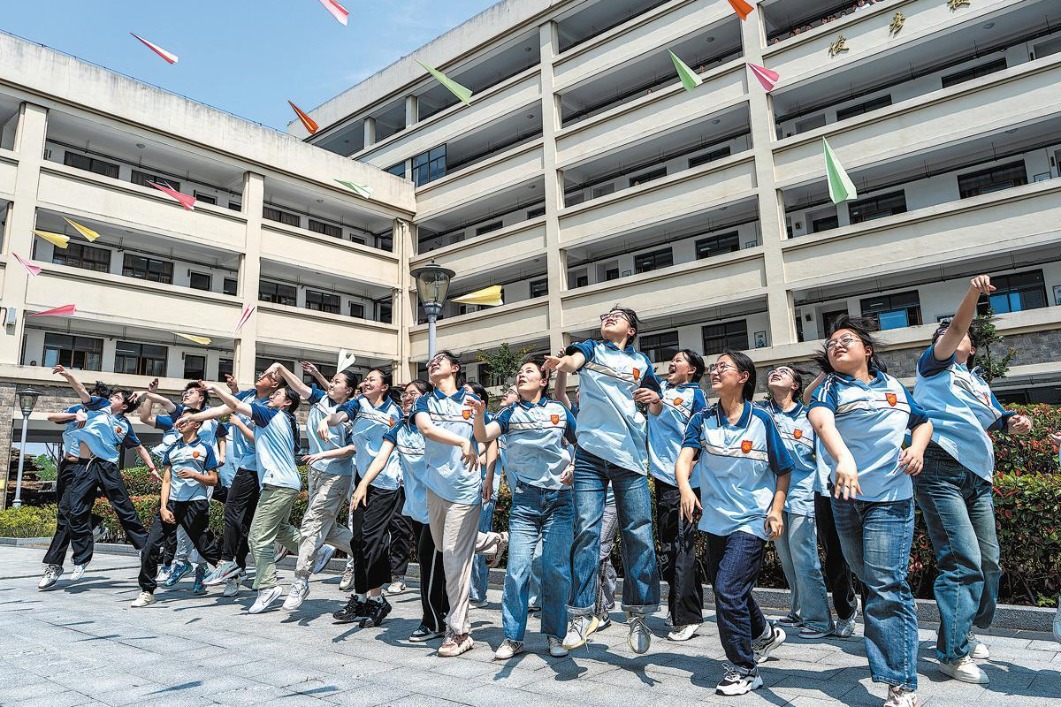Rice with flavonoids developed in Hainan

Researchers in Hainan province have developed a novel rice variety packed with the same health-boosting compounds found in tea, offering a potential dietary alternative for people who avoid caffeine but still want the antioxidant benefits of tea.
The breakthrough, led by a team at the Hainan University's School of Breeding and Multiplication, reprograms rice grains to produce catechins, flavonoids renowned for their anti-inflammatory and cardiovascular benefits. The study, published on March 22 in the Plant Biotechnology Journal, marks the first successful cross-species transfer of tea's nutritional traits into a cereal crop.
Dubbed "tea rice", the new variety could help address global nutritional gaps while providing an option for those sensitive to caffeine. Rice, a staple for more than half the world's population, naturally lacks flavonoids in its edible grains. Even pigmented rice stores these compounds in the bran, which is removed during milling.
Professor Luo Jie and his metabolic biology team from the school overcame this limitation by splicing essential genes from tea plants and irises into rice. By employing tissue-specific genetic "switches", they were able to activate catechin production exclusively in the endosperm, the starchy core of the grain.
"We essentially installed a metabolic GPS in rice," Luo said, comparing the process to converting a starch factory into a nutraceutical plant. The modified rice lines showed detectable levels of catechins, including afzelechin and gallocatechin, in polished grains. Antioxidant capacity was "significantly higher" than conventional rice.
The innovation goes further than previous biofortification efforts, such as vitamin-enriched golden rice. Instead of focusing on basic nutrients, the team targeted flavonoids — plant metabolites linked to chronic disease prevention.
"This isn't just nutrition 1.0 — it's customizable wellness 2.0," Luo said, suggesting future variants include rice tailored for diabetics or hyperlipidemia.
The five-year project, launched in 2018 and delayed by pandemic disruptions, stacked eight genes into rice by 2023, setting a new benchmark for metabolic engineering in crops, he said.
With an estimated 2 billion people worldwide suffering from micro-nutrient deficiencies, for example, iron, zinc and vitamin A, the technology offers a stealth solution to micronutrient deficiencies and chronic disease prevention: enriching staple foods without requiring dietary changes.
"For populations that rely heavily on rice, this innovation could be a game-changer," Luo said.
The research opens doors for precision metabolic engineering in other cereals. The team believes the same genetic framework could be adapted to produce other high-value compounds, such as malaria-fighting artemisinin and phytosterols in crops like wheat and maize.
Through metabolic reprogramming, each gram of the tea rice's endosperm produces nearly 1 milligram of catechins, effectively upgrading the staple crop from a starch source to a functional food, according to Luo.
This innovation aligns with China's nutrition-driven agricultural strategy and offers developing nations a way to provide farmers with higher-value harvests while addressing dietary deficiencies through everyday meals.
Genetically modified organisms regulations remain a hurdle, but if successful, the breakthrough could redefine how the world's most important staple crop contributes to human health.
Now collaborative work in the team continues to refine what researchers call "a biological factory in staple food", he said.
chenbowen@chinadaily.com.cn






































